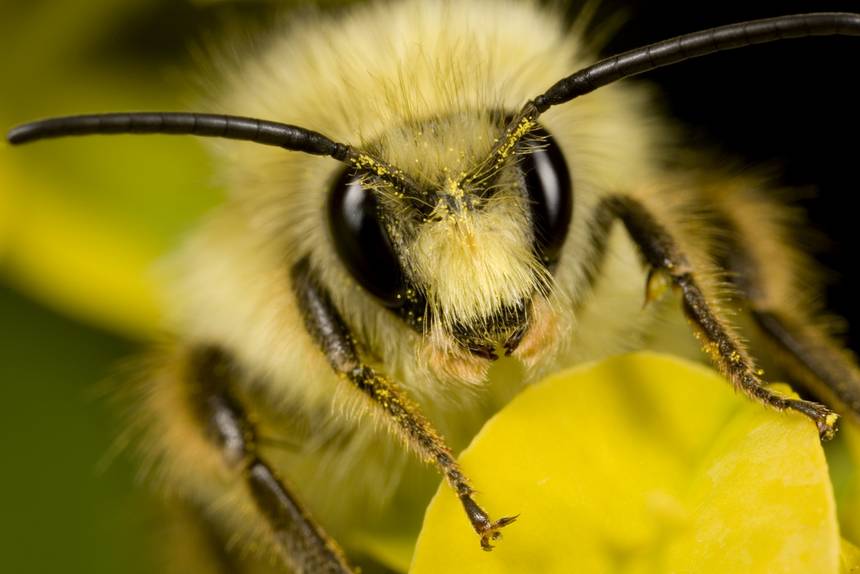
Types of insect antennae
1. Setaceous (Bristle-like): Size of the segments decreases from the base to apex e.g. cockroach.
2. Filiform (Thread-like): Segments are usually cylindrical in shape. Thickness of segments remains same throughout e.g. Grass hopper.
3. Moniliform (Beaded): Segments are either globular or spherical with prominent constrictions in between e.g. Termite, Ground beetle etc.
4. Serrate (Saw-like): Segments have short triangular projections on one side e.g. Mango stem borer.
5. Unipectinate (Comb-like): Segments with ling slender processes on one side e.g. Sawfly
6. Bipectinate (Double-comb-like): Segments with long slender lateral processes on both the sides e.g. Silkworm moth
7. Clavate (Clubbed): Antenna enlarges gradually towards the tip e.g. Butter fly.
8. Capitate (Knobbed): Terminal segments become enlarged suddenly e.g. Khapra beetle, weevils etc.
9. Lameliate (Plate-like): Antennal tip is extended laterally on one side to form flat plates e.g. Dung roller.
10. Aristate (Bristle like): Antenna is just three segmented. The terminal segment enlarges. It bears a conspicuous dorsal bristle called arista e.g. House fly
11. Stylate: Antenna is just three segmented. The terminal segment bears a style like process e.g. Jassid
12. Plumose (Feathery): Antenna is feathery with much long hair, in whorls at the junction of flagellomeres e.g. Male Culex mosquito. A mass of sense cells collectivity called Johnston’s organ (hearing organ) present in pedicel of male mosquito.
13. Pilose (Hairy): Antenna is less leathery with fewer hairs at the junction of flagellomerer e.g. female Culex mosquito.
14. Geniculate (Elbowed): The scape is long. The remaining segments are small and are arranged at an angle to the first, resembling an elbow joint e.g. Honey bee, wasp etc.


